Suburban areas, often envisioned as havens of tranquility and stability, are not immune to the subtle shifts that can gradually erode a neighborhood’s desirability. These changes can occur over time, often unnoticed until a confluence of factors creates a noticeable shift in the area’s atmosphere and quality of life. Recognizing these early warning signs is crucial for residents to understand the evolving dynamics of their community. These indicators often reflect broader social and economic trends impacting the local area.
1. Increased For-Sale Signs and Longer Vacancies
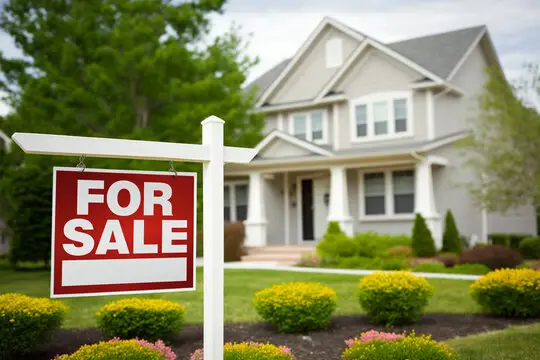
A noticeable increase in the number of “For Sale” signs appearing in yards, coupled with homes remaining on the market for extended periods, can be an early indicator of underlying issues. This trend may suggest that residents are choosing to leave the area, potentially due to concerns about safety, school quality, or the overall upkeep of the neighborhood, explains CrowdStreet. Longer vacancy times can also signal a decreased demand for housing in the area, which can negatively impact property values and the vibrancy of the community.
When multiple properties sit vacant for an extended time, it can create a sense of neglect and instability within the neighborhood. Absentee landlords may not invest as much in the upkeep of their properties, leading to deterioration. This can, in turn, further deter potential buyers and contribute to a downward cycle in the neighborhood’s appeal. Observing the real estate market trends in your suburb can provide valuable insights into its evolving health.
2. Decline in Property Maintenance and Curb Appeal
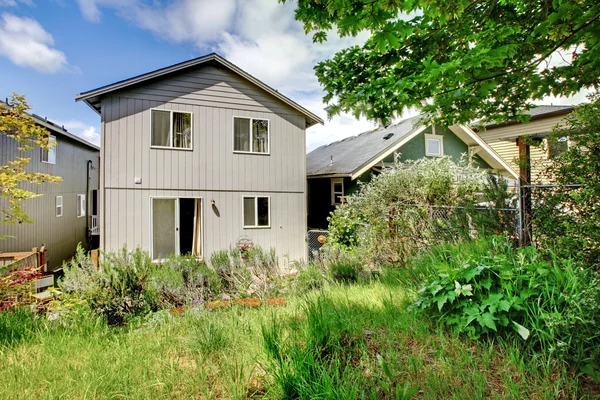
A subtle but significant sign can be a gradual decline in the way residents maintain their homes and yards. This might manifest as overgrown lawns, peeling paint, neglected landscaping, or deferred repairs on properties. A widespread lack of attention to curb appeal can indicate a decrease in community pride or a lack of resources among homeowners to maintain their properties adequately, says the National Association of Realtors.
When a neighborhood experiences a noticeable increase in poorly maintained properties, it can create a negative visual impact and detract from the overall aesthetic of the area. This can also signal a potential decrease in property values, as well-maintained homes tend to support the value of the entire neighborhood. Observing the general upkeep of properties on a regular basis can provide clues about the neighborhood’s trajectory.
3. Increase in Vandalism and Petty Crime
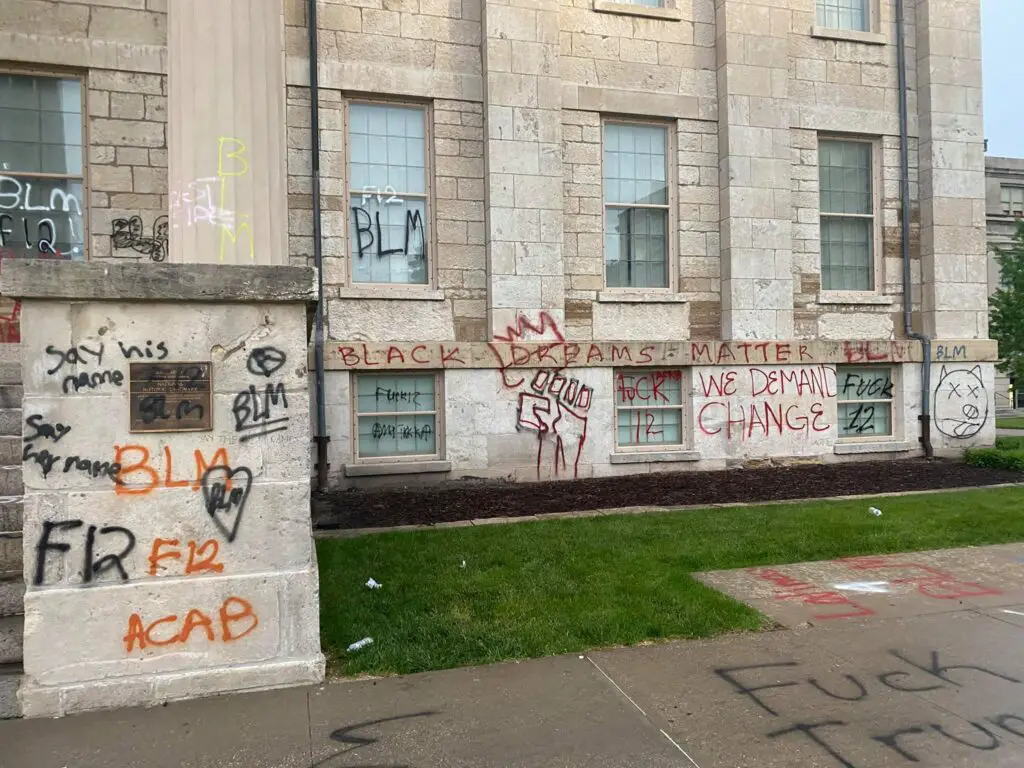
An uptick in incidents of vandalism, such as graffiti on public or private property, or a rise in petty crimes like car break-ins or theft, can be a concerning sign. According to Gallup News, these types of activities can erode residents’ sense of safety and security within their own community. Even seemingly minor offenses can contribute to a perception of declining order and an increased risk of more serious crime in the future.
When residents begin to experience or witness more frequent instances of vandalism or petty crime, it can lead to a feeling of unease and a decrease in their overall quality of life. This can also prompt some residents to consider moving, further contributing to the neighborhood’s decline. Monitoring local crime reports and community discussions can provide insights into these trends.
4. Closure of Local Businesses and Empty Commercial Spaces
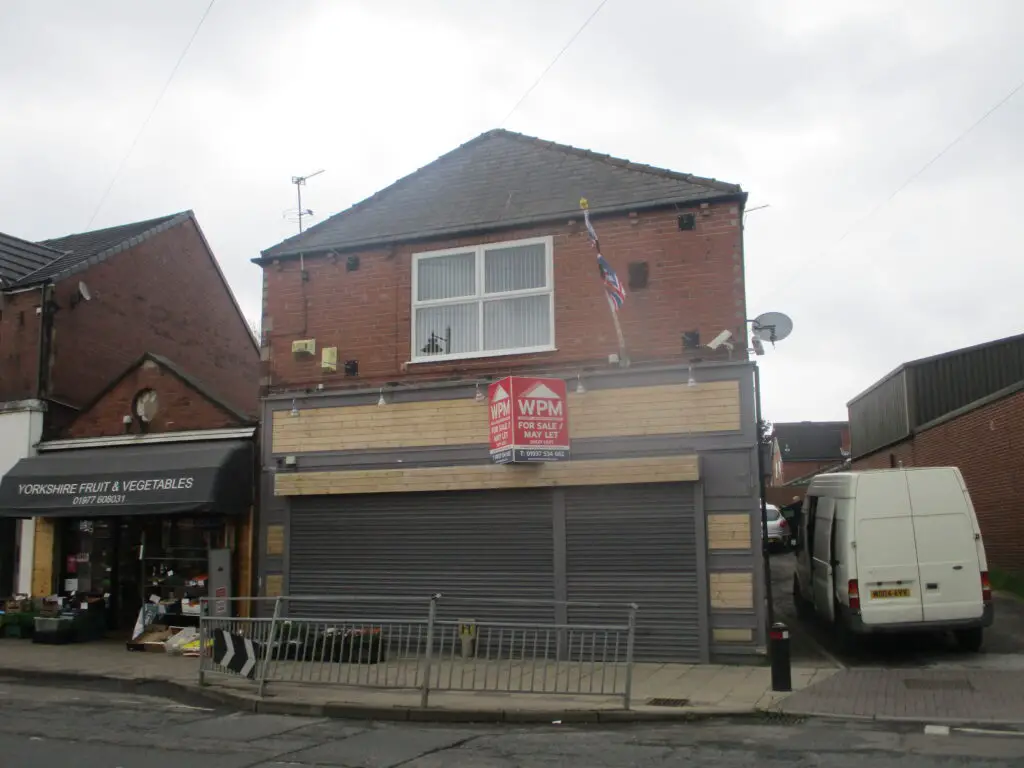
The closure of established local businesses and an increase in vacant storefronts in the commercial areas of a suburb can be a strong indicator of economic challenges. Businesses may close due to a decrease in local spending, concerns about safety, or an overall decline in the area’s attractiveness to consumers, says The Guardian. Empty commercial spaces can create a sense of stagnation and neglect.
When once-thriving businesses begin to shutter and commercial areas become desolate, it can signal a weakening local economy and a decrease in the amenities available to residents. This can make the suburb less appealing to current and potential residents alike. The health of the local business environment is often closely tied to the overall well-being of the community.
5. Increased Loitering and Public Disorder
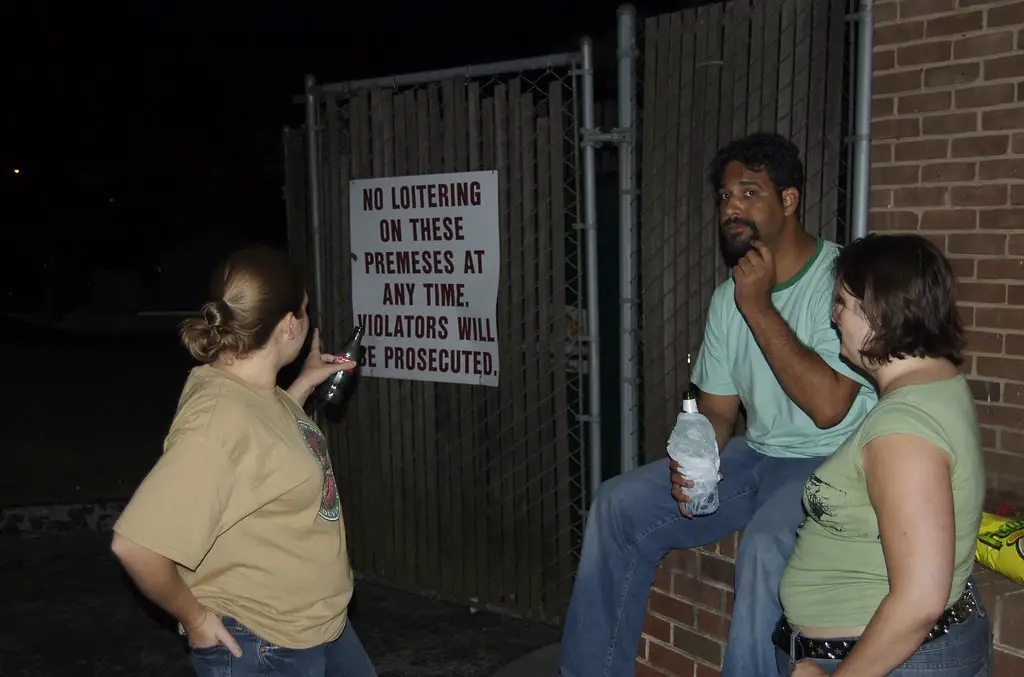
A noticeable increase in individuals loitering in public spaces, such as parks or sidewalks, particularly if accompanied by disruptive behavior or signs of substance abuse, can be a concerning development. This can create an atmosphere of unease and make residents feel less safe in their own community. Public disorder can also signal a breakdown in social cohesion and informal community oversight.
When public spaces become less inviting due to increased loitering and disorder, it can impact residents’ willingness to use these amenities and further contribute to a decline in community engagement. Addressing these issues often requires community involvement and potential intervention from local authorities. Observing changes in public spaces can provide clues about the neighborhood’s social dynamics.
6. Decline in School Enrollment or Performance
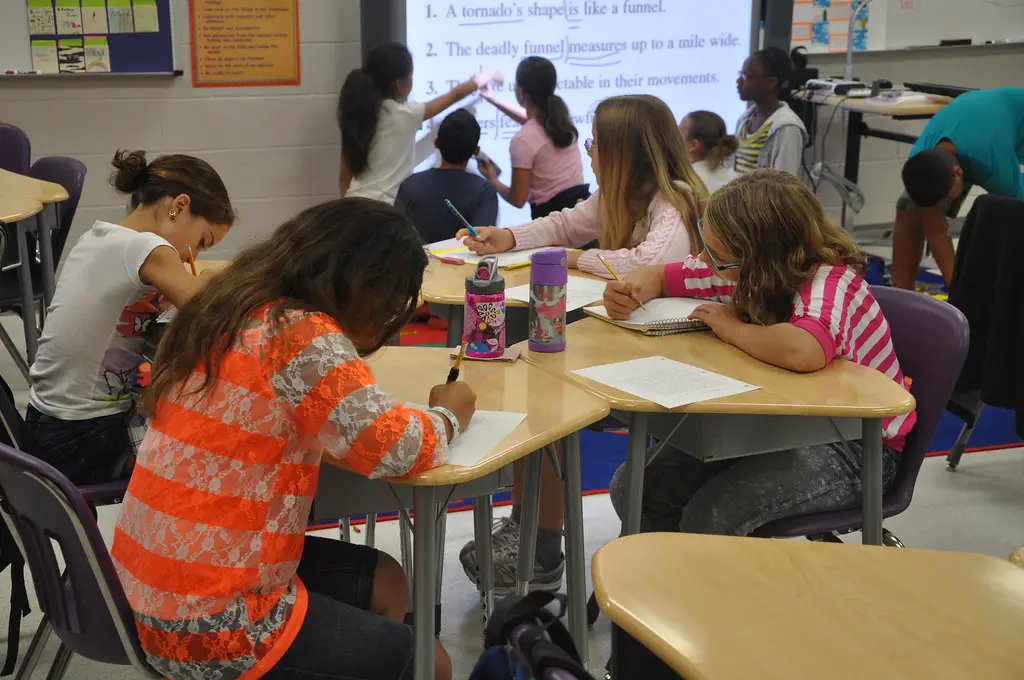
A gradual decline in enrollment in local public schools or a noticeable drop in their academic performance metrics can be a significant warning sign. Families with children often prioritize good schools when choosing where to live, so a decline in this area can indicate that the suburb is becoming less attractive to families. This can also lead to a less vibrant and engaged community overall.
When schools experience declining enrollment or academic struggles, it can create a negative perception of the suburb and further incentivize families to move elsewhere. This can create a cycle where the school’s resources and reputation continue to decline. Monitoring school performance and enrollment trends can offer insights into the area’s appeal to families.
7. Reduction in Public Services or Amenities
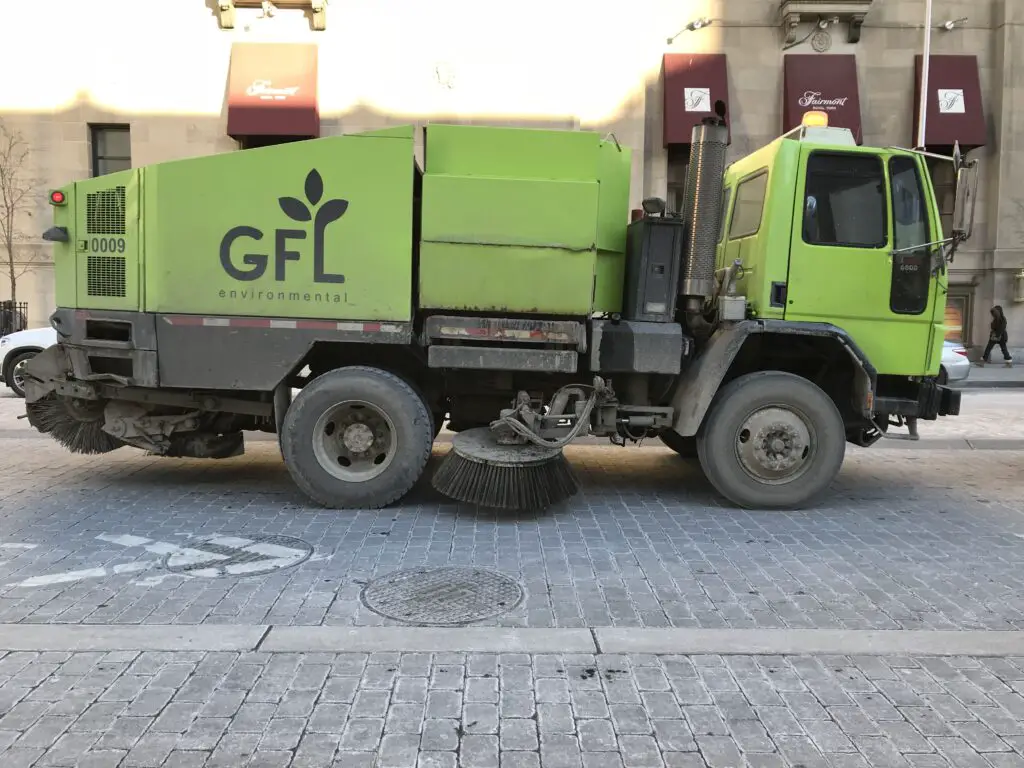
A decrease in the quality or frequency of public services, such as street cleaning, park maintenance, or community events, can signal a decline in the local government’s investment in the suburb. This can be due to budgetary constraints or a shift in focus to other areas. A reduction in amenities can negatively impact residents’ quality of life and sense of community.
When public spaces are not well-maintained or community events become less frequent, it can create a perception that the suburb is being neglected. This can further contribute to a decline in community pride and engagement. Monitoring changes in public services and amenities can indicate the local government’s priorities and the overall health of the community.
8. Increased Noise Levels and Disturbances
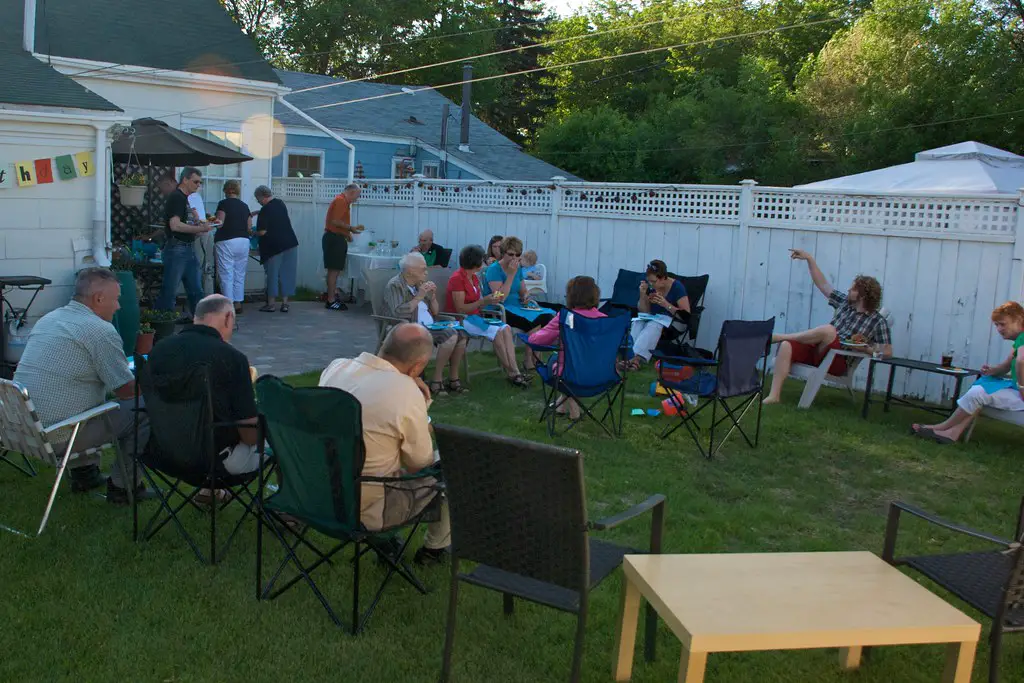
A noticeable increase in disruptive noise levels, such as loud music at late hours, frequent arguments, or excessive traffic congestion, can erode the peaceful atmosphere often associated with suburban living. These disturbances can negatively impact residents’ quality of life and sense of tranquility in their own homes and neighborhoods.
When a suburb experiences a significant increase in noise pollution and disturbances, it can detract from its appeal as a quiet and family-friendly environment. This can also be a symptom of other underlying issues within the community. Monitoring noise levels and addressing disturbances can help maintain the peace and quality of life in the area.
9. More Frequent Police Presence for Non-Routine Issues

An increase in police presence for issues beyond routine patrols, such as responding to domestic disputes, noise complaints, or reports of suspicious activity, can indicate a rise in social problems within the suburb. While police presence is necessary for safety, a significant increase in responses to non-routine calls can suggest a decline in the overall well-being and stability of the community.
When residents observe a more frequent police presence for non-routine incidents, it can raise concerns about the safety and security of the neighborhood. This can also create a perception that the area is becoming less desirable. Monitoring local police activity can provide insights into the types of issues being addressed in the community.
10. Changes in the Demographics of Residents
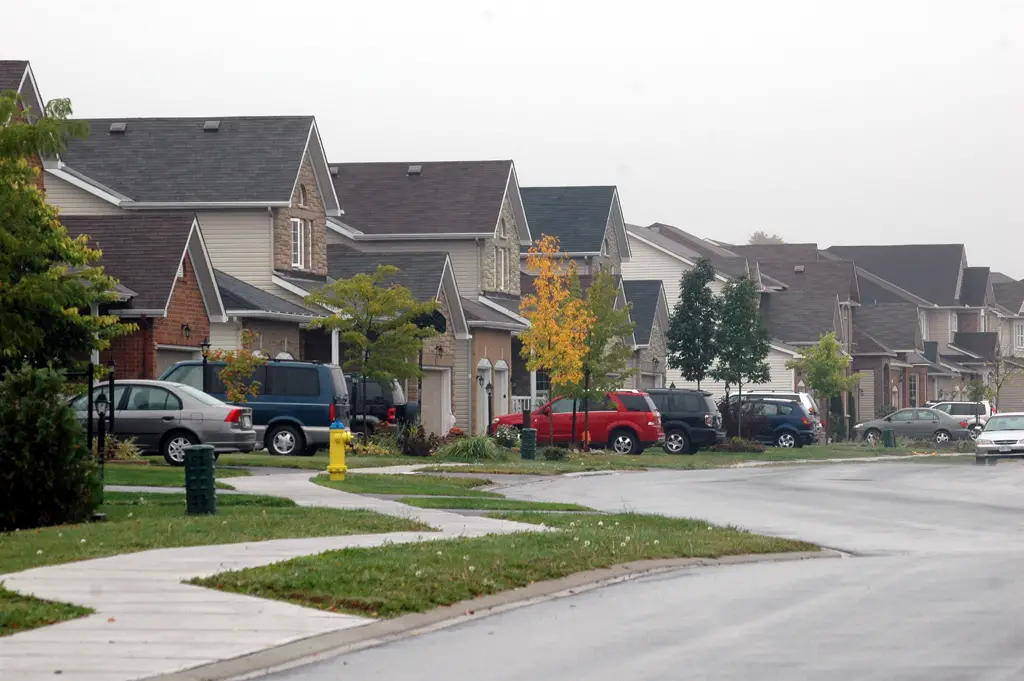
Subtle shifts in the demographics of the residents moving into the suburb, particularly if there is a noticeable increase in lower-income households or a decrease in homeownership rates, can be a sign of economic transition. While diversity is generally a positive aspect of a community, rapid and significant demographic shifts can sometimes be associated with broader economic challenges and changes in the housing market.
Monitoring demographic trends can provide insights into the evolving socioeconomic landscape of the suburb. Changes in income levels and homeownership rates can have implications for local businesses, school funding, and the overall stability of the community. Understanding these shifts is important for anticipating future changes in the area.
11. Deterioration of Public Infrastructure
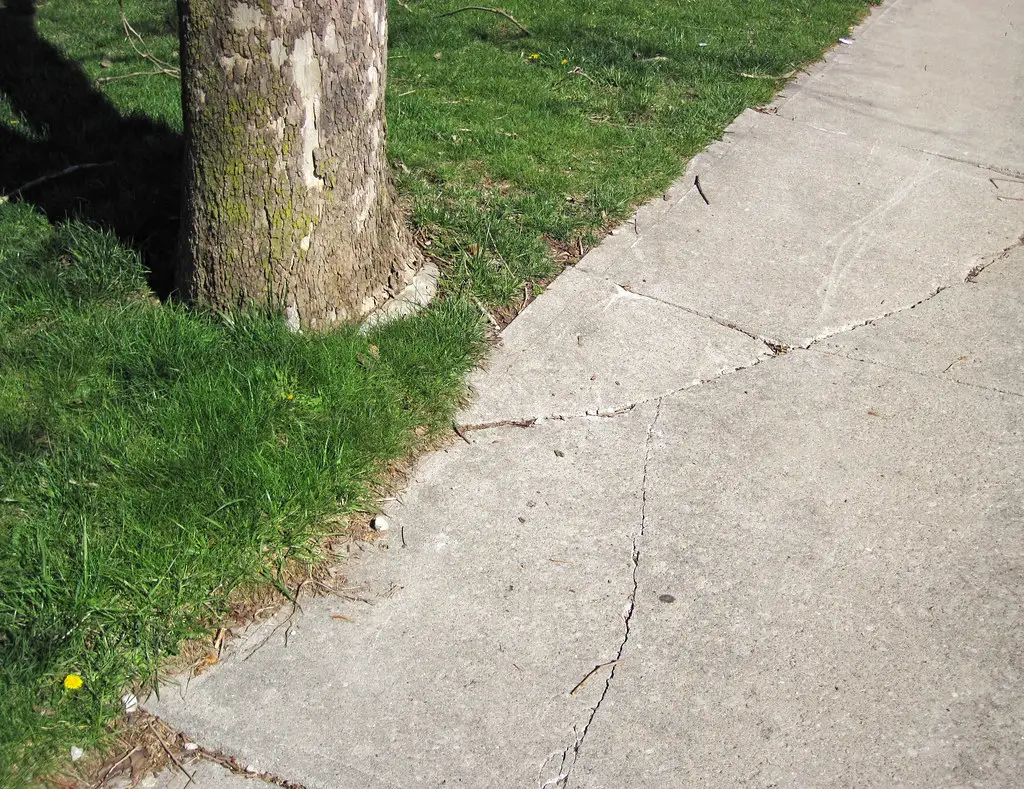
A gradual deterioration of public infrastructure, such as potholes in roads, cracked sidewalks, or malfunctioning streetlights, can indicate a lack of investment in the suburb’s upkeep. Neglected infrastructure can not only create safety hazards but also contribute to a general sense of decline and disrepair in the community.
When public infrastructure is not well-maintained, it can create a negative impression of the suburb and signal a lack of attention to the basic needs of its residents. Addressing infrastructure issues is crucial for maintaining the safety and quality of life in the area. Observing the condition of roads, sidewalks, and public lighting can provide clues about the local government’s priorities.
12. Loss of Community Gathering Places
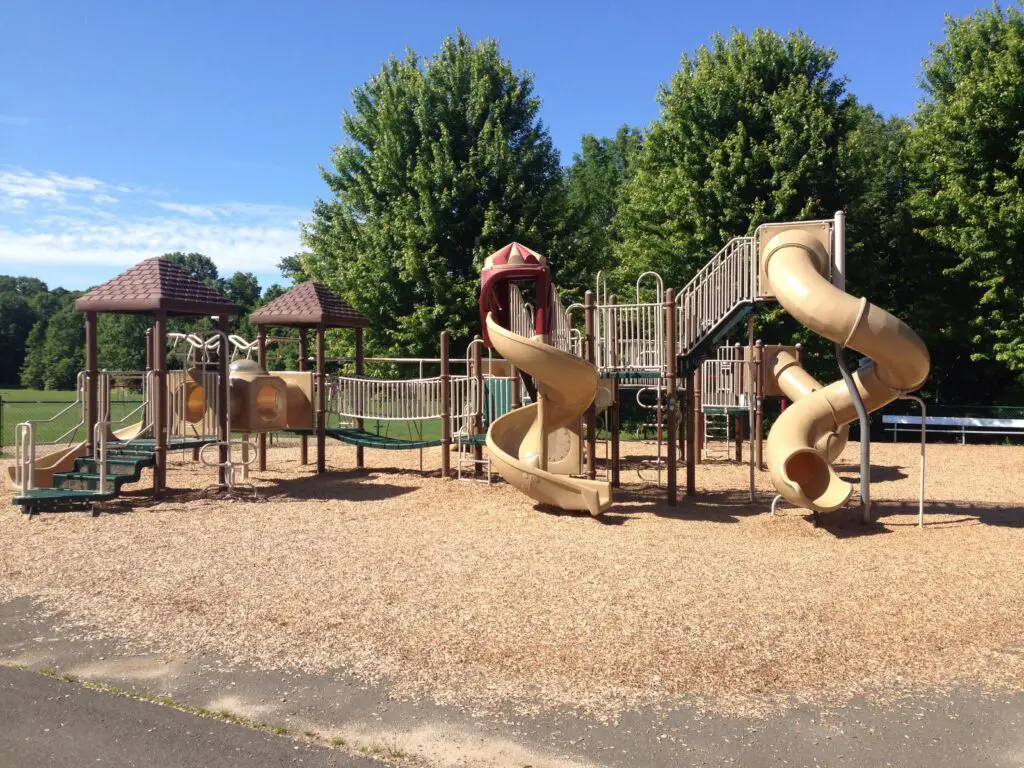
The closure or decline of important community gathering places, such as local parks, community centers, or libraries, can weaken the social fabric of a suburb. These spaces often serve as hubs for social interaction, community events, and a sense of belonging. Their loss can indicate a decrease in community engagement and investment in social infrastructure.
When opportunities for community interaction diminish due to the loss of gathering places, it can lead to increased social isolation and a weaker sense of community spirit. These spaces play a vital role in fostering connections among residents. Monitoring the status and health of local community gathering places is important for understanding the social dynamics of the suburb.
13. Increase in Panhandling or Visible Homelessness
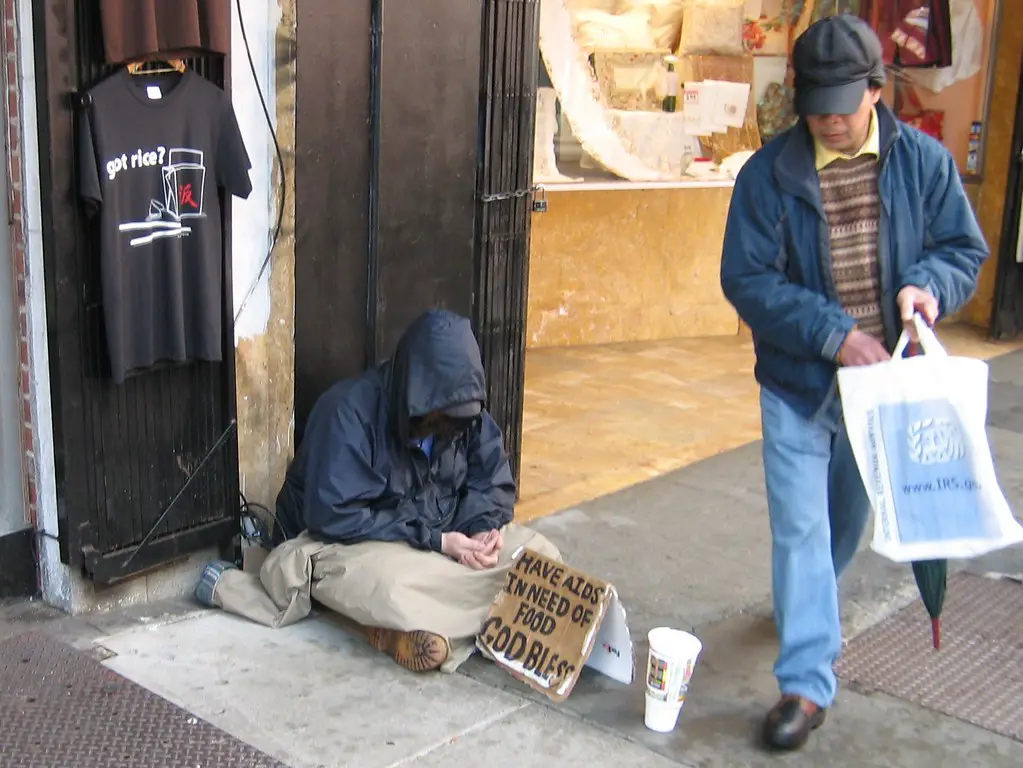
A noticeable increase in panhandling or the visible presence of homelessness in public areas can be a sign of growing economic hardship within or near the suburb. While these are complex social issues, a significant and sudden increase can indicate a decline in the local economy or a lack of adequate social services in the surrounding areas.
When residents begin to see more frequent instances of panhandling or homelessness, it can create a sense of unease and concern about the social and economic well-being of the community. Addressing these issues often requires a coordinated effort involving local government, social service agencies, and community organizations.
14. A General Feeling of Neglect or Disinvestment
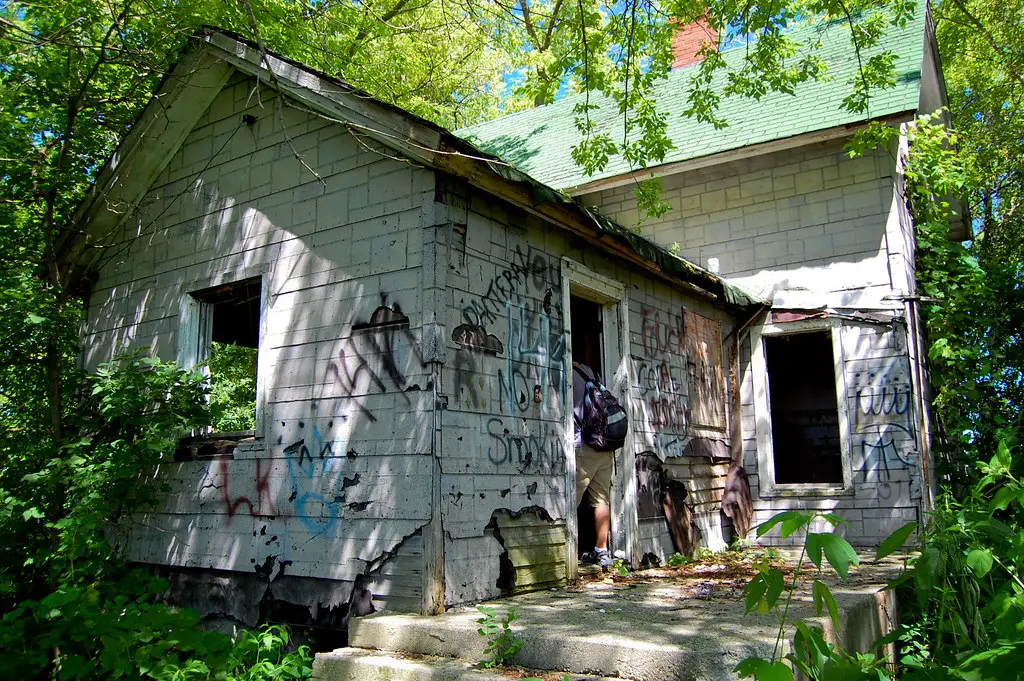
Perhaps the most telling sign is a pervasive feeling among long-term residents that the suburb is being neglected or that there is a general sense of disinvestment in the community. This can be a subjective observation but often reflects a culmination of the more tangible signs listed above. When residents feel that their suburb is no longer a priority, it can be a strong indicator of decline.
This feeling of neglect can manifest in various ways, from a perceived lack of attention from local authorities to a decrease in community initiatives and investment. It often stems from observing the gradual erosion of the factors that once made the suburb a desirable place to live. Paying attention to the sentiments and observations of long-term residents can provide valuable insights into the evolving character of the suburb.
